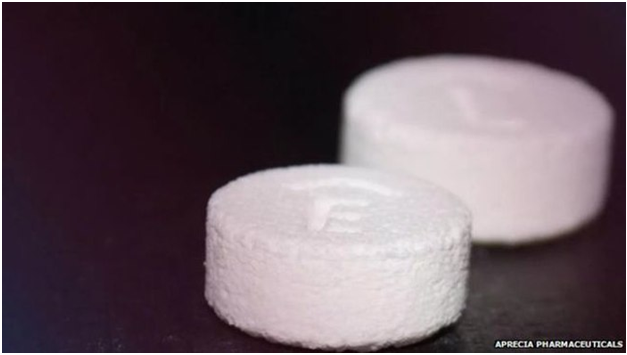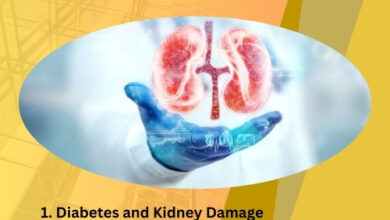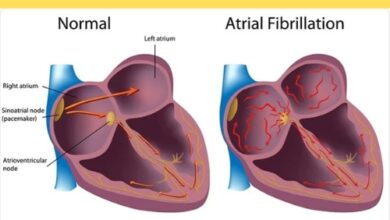FDA Permitted A Range Of New Drugs In 2015

The rising figures mirror an industry wide concentrate on medications for uncommon and difficult to-treat sicknesses, which frequently accompany streamlined surveys, additional patent insurances and higher sticker prices. The Food and Drug Administration affirmed 45 drugs with at no other time sold fixings in 2015, edging past the earlier year’s count of 41, which had been the most elevated number subsequent to 1996.
FDA drug endorsements are viewed as an indicator of industry development and the administration’s effectiveness in assessing new treatments.
While the pattern toward claim to fame pharmaceuticals is uplifting news for industry and patients, it is liable to fuel the progressing banter over rising physician endorsed drug costs. That issue has turned into a top sympathy toward shoppers, a subject of congressional examination and even an issue on the presidential battle field. Just competitors Hillary Clinton and Bernie Sanders have both sketched out proposition intended to check costs.
The FDA is not permitted to consider costs when endorsing solutions; however a few specialists contend it ought to.
A standout amongst the most costly medications of the year was Vertex Pharmaceuticals’ Orkambi for cystic fibrosis, estimated at $259,000 for a year’s supply. The medication enhances lung capacity in patients with the fatal inheritable ailment, which causes the development of sticky bodily fluid in the lungs, pancreas and other inward organs. Pfizer’s bosom disease drug, I brance, was evaluated at $118,200 every year, which was run of the mill of new growth drugs. Indeed, even a few medications for more common infections accompanied high sticker prices: Bristol-Myers Squibb’s hepatitis-C pill, Daklinza, costs $63,000 for a 12-week regimen.
Experts say drugmakers are showing signs of improvement at picking the most encouraging medications in their innovative work pipelines.
Somewhere around 2007 and 2011, stand out in 19 drugs entering early-stage testing really came to the business sector, as indicated by industry information broke down by Bernstein’s Tim Anderson. Today, one in 13 early-stage drugs make it to advertise.
“These enhancements ideally mirror the result from the business’ cognizant, decade-long endeavors to ‘pivot’ R&D,” Anderson told speculators in an exploration note a year ago.
Still, drugmakers keep on confronting R&D challenges. Anderson takes note of that the general time to find and create one new medication has been ascending for over 10 years, at present averaging around 14 years. The figure was around 11 years in the late 1990s. The expanded improvement time has been driven by the developing intricacy of medication trials and requests for more information from wellbeing safety net providers.
A different report from Deloitte recommends the biggest pharmaceutical organizations could gain from the R&D system of their medium size rivals, who tend to concentrate on a specific group of infections or conditions. These littler organizations have a tendency to have lower R&D costs and higher deals per item, as indicated by Deloitte.
In spite of the challenges of medication advancement, specialists anticipate that the endorsements pattern will proceed. IMS Health predicts 225 new medications will be affirmed worldwide somewhere around 2016 and 2020.
By : Natural Health News




